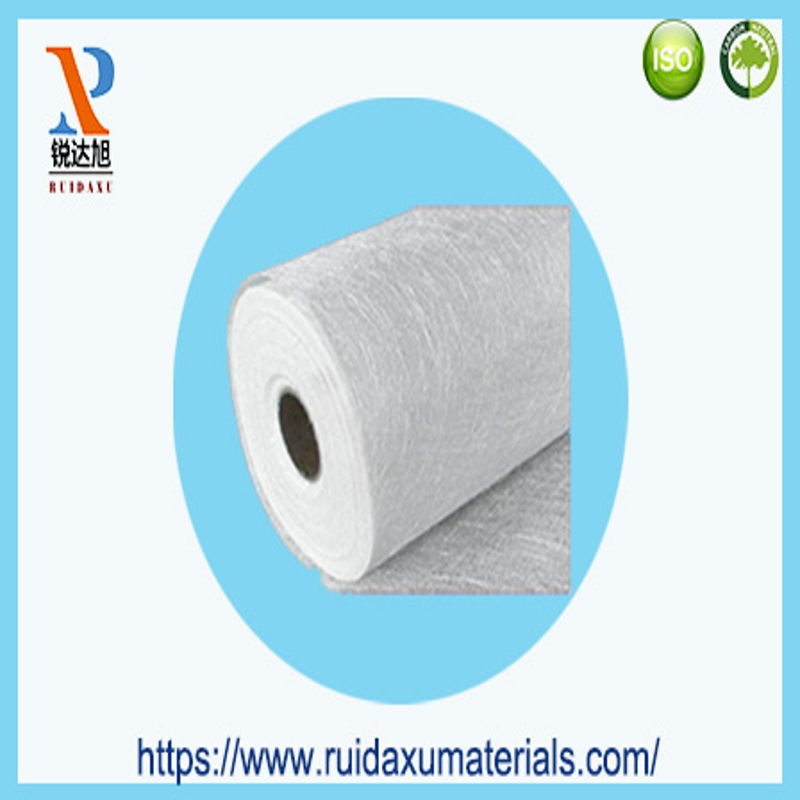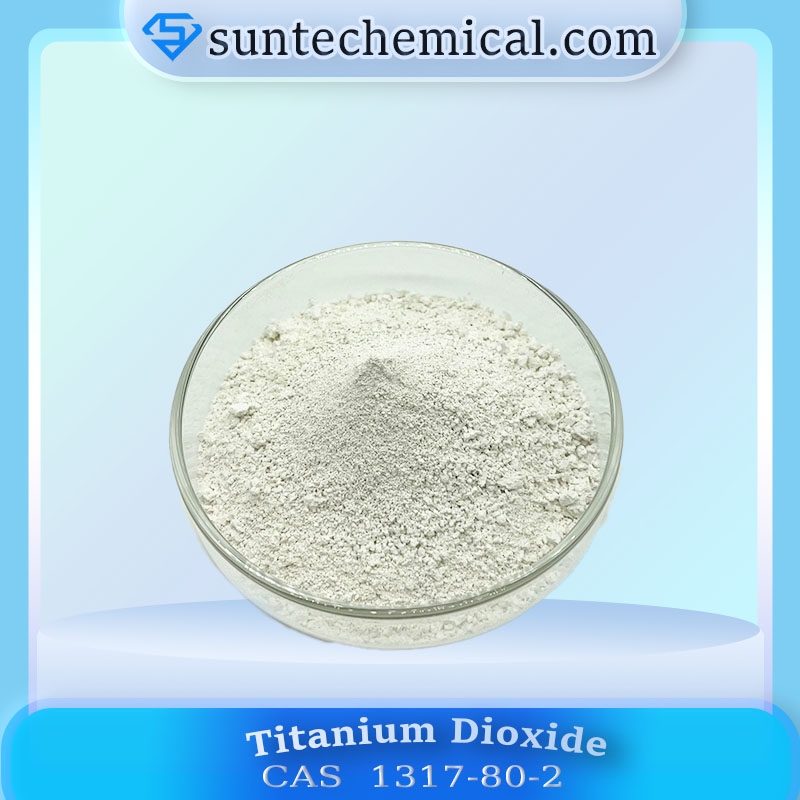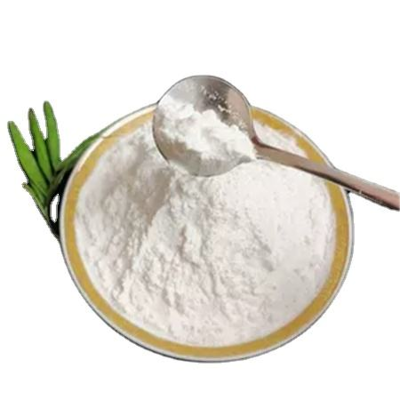-
Categories
-
Pharmaceutical Intermediates
-
Active Pharmaceutical Ingredients
-
Food Additives
- Industrial Coatings
- Agrochemicals
- Dyes and Pigments
- Surfactant
- Flavors and Fragrances
- Chemical Reagents
- Catalyst and Auxiliary
- Natural Products
- Inorganic Chemistry
-
Organic Chemistry
-
Biochemical Engineering
- Analytical Chemistry
-
Cosmetic Ingredient
- Water Treatment Chemical
-
Pharmaceutical Intermediates
Promotion
ECHEMI Mall
Wholesale
Weekly Price
Exhibition
News
-
Trade Service
China's titanium dioxide export problems and solutions
Titanium white powder topic: titanium white powder is a very important raw material in industrial production, because it has a better whiteness, super coverage, etc. by many industries of all ages. In cosmetics, rubber, chemical fibers, ink printing, paper, plastics and coatings and other industrial fields have a wide range of applications.
01 China's titanium dioxide industry export status quo
In recent years, titanium white powder showed greater fluctuations, the export scale continues to expand
China
. In 2009, China's titanium dioxide production capacity of 1.8 million t, accounting for 27.69 percent of the world's titanium dioxide production capacity, by the end of 2016, China's titanium dioxide production capacity has reached 3.725 million tons, accounting for 44.35 percent of the world's total production capacity. With the increasing capacity, the corresponding export volume is also increasing. In 2011, China's exports of titanium dioxide amounted to only 380,000 t, and by the end of 2016 the export volume reached more than 720,000 t.
, however, has shown short-term fluctuations in the last two years. According to customs data, China's exports of titanium dioxide in 2012, 2013, 2015 export volume and export volume showed negative growth, but in 2014 and 2016 there was a significant increase. This phenomenon is not too bad for China's titanium dioxide industry, to China's titanium dioxide industry development sounded the alarm. Can let China's titanium dioxide production enterprises to reflect.
The main problem existing in China's titanium dioxide exports
insufficient raw material resources, high external dependence
China's titanium resources are rich in reserves, but domestic demand is also very large, China's largest titanium concentrates concentrated in the Pwasi region of Sichuan Province, ore and metal symbloid, due to the separation technology and geographical conditions of titanium iron, mining and extraction is difficult, can not meet the needs of domestic titanium raw materials. In 2016, China's imports of titanium ore were 2.5349 million tons, a significant increase of 37.24 percent year-on-year, and the external dependence was 38.85 percent, an increase of about 7 percentage points over the previous year.
industry concentration is not high, the scale effect is not obvious
compared with the international market, China's titanium dioxide industry concentration is not high, lack of scale effect. In 2016, China's 39 full-process titanium dioxide production enterprises (3 chlorinated enterprises, 35 sulfuric acid enterprises, 1 enterprise with sulfuric acid chlorination method), the total production of 2.5972 million tons. The difference of scale will inevitably bring about the difference of cost, and it will also lack the right to speak and bargain in the supply chain, and also affect the research and development of new technologies, mergers and acquisitions, which will adversely affect the export of titanium dioxide in China.
exports to low-end products, to price as the main competitive advantage
According to the General Administration of Customs, the price of U.S. titanium dioxide exported to China in 2016 was $2,408/tonne, $800/tonne higher than China's export price; In this way, China's titanium dioxide exports are bound to be affected by international market demand.
product homogenization is serious, lack of brand awareness
China's titanium dioxide export products are mostly low-end products, which is closely related to product homogenization and lack of brand awareness. First of all, the downstream applications of titanium dioxide include coatings, plastics, paper, ink, chemical fiber and cosmetics and other fields, different areas of titanium dioxide have different quality requirements, such as coatings value titanium dioxide color, cover, whiteness, coloring, oil absorption and dispersion and dispersion stability And plastic titanium dioxide requires particle fine, dispersed and dispersed stability is good, heat and light resistance is good, and most of China's current titanium dioxide enterprises produce general-purpose titanium dioxide, lack of special products, on the one hand, because of technical and production process restrictions, on the other hand, the lack of product differentiation awareness.
Second, although China's titanium dioxide enterprises have a number of well-known brands, such as the "Snow Lotus" of the Yulilian Group, Nanjing titanium white "South-South", but these brands are mainly concentrated in large enterprises, a large number of small and medium-sized enterprises in international transactions more use of product models, but no brand.
In addition, most of China's titanium dioxide exports using foreign traders or agents for distribution, so that do not directly contact customers, can not effectively understand customer needs, provide after-sales service, brand management and maintenance is even more impossible to talk about.
in view of the above-mentioned problems, the Editor believes that appropriate improvements should be made from the following aspects, and that there are so-called changes and no encouragement.
03 titanium dioxide export problem solution
upstream and downstream integration, to solve the raw material problems.
scale and large-scale enterprises to improve the concentration of the industry.
high-end quality, variety-specific, broaden the application of titanium dioxide.
branding and differentiation of our products and changing the way of export trade.
resource conservation, environmental cleanliness, improve the production process.
。







